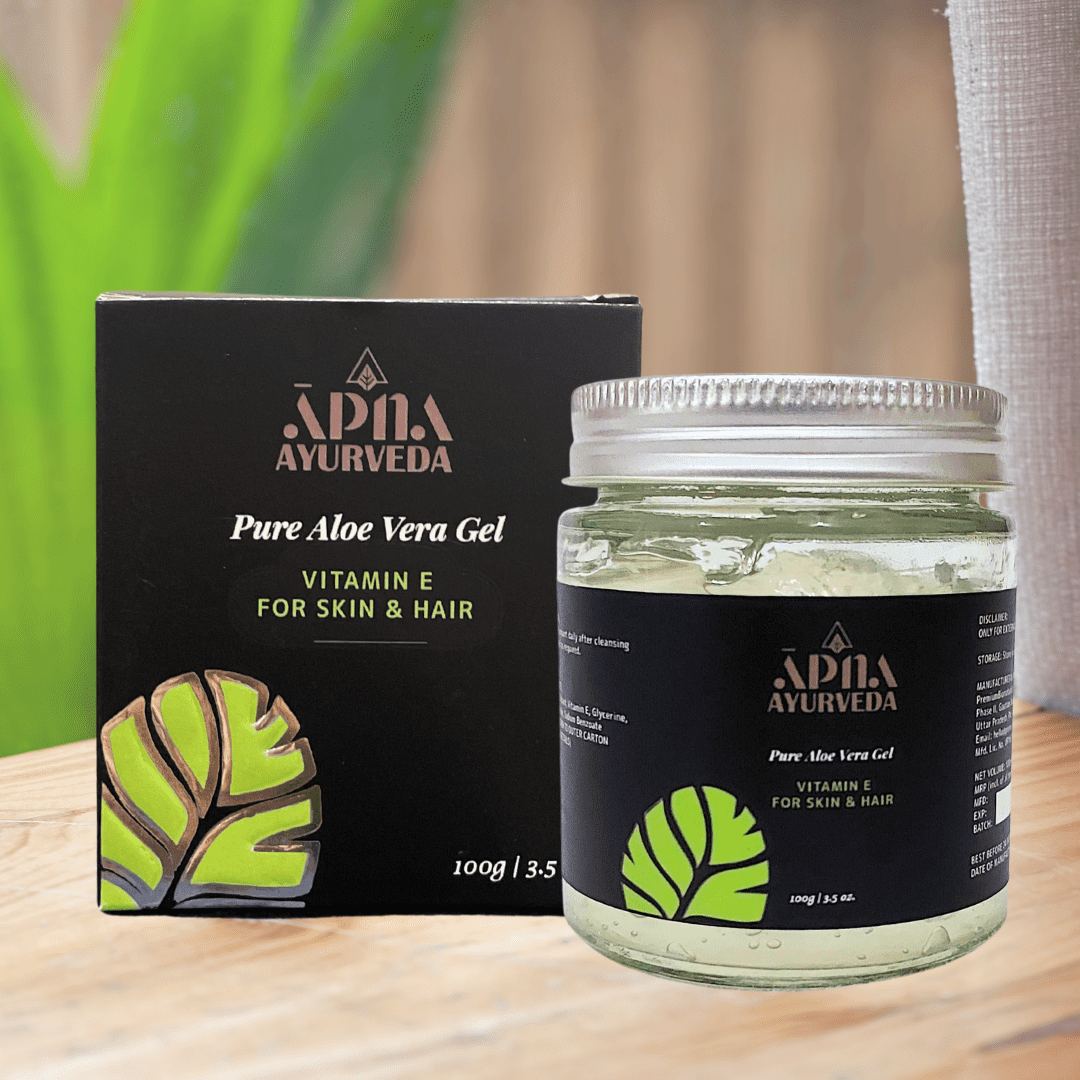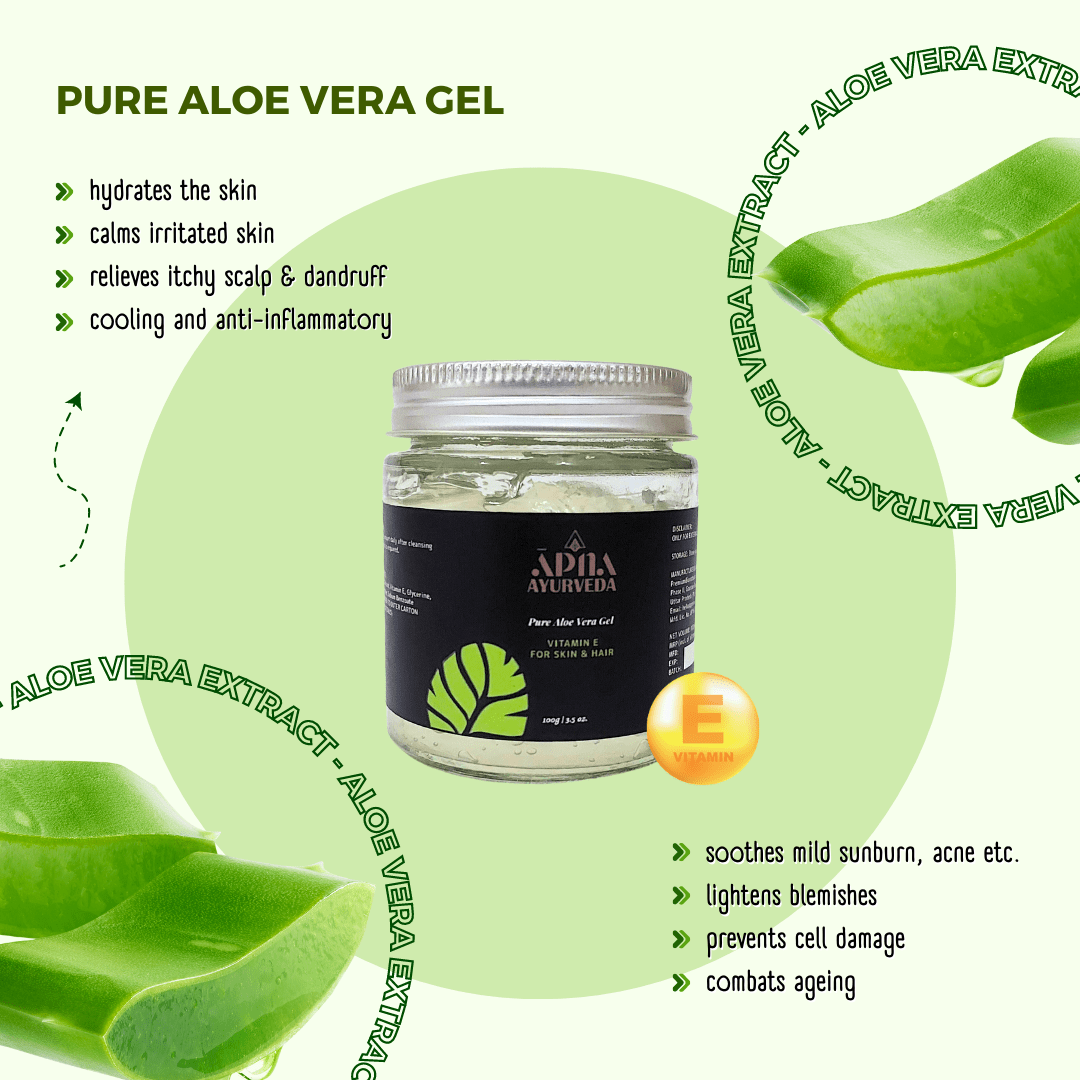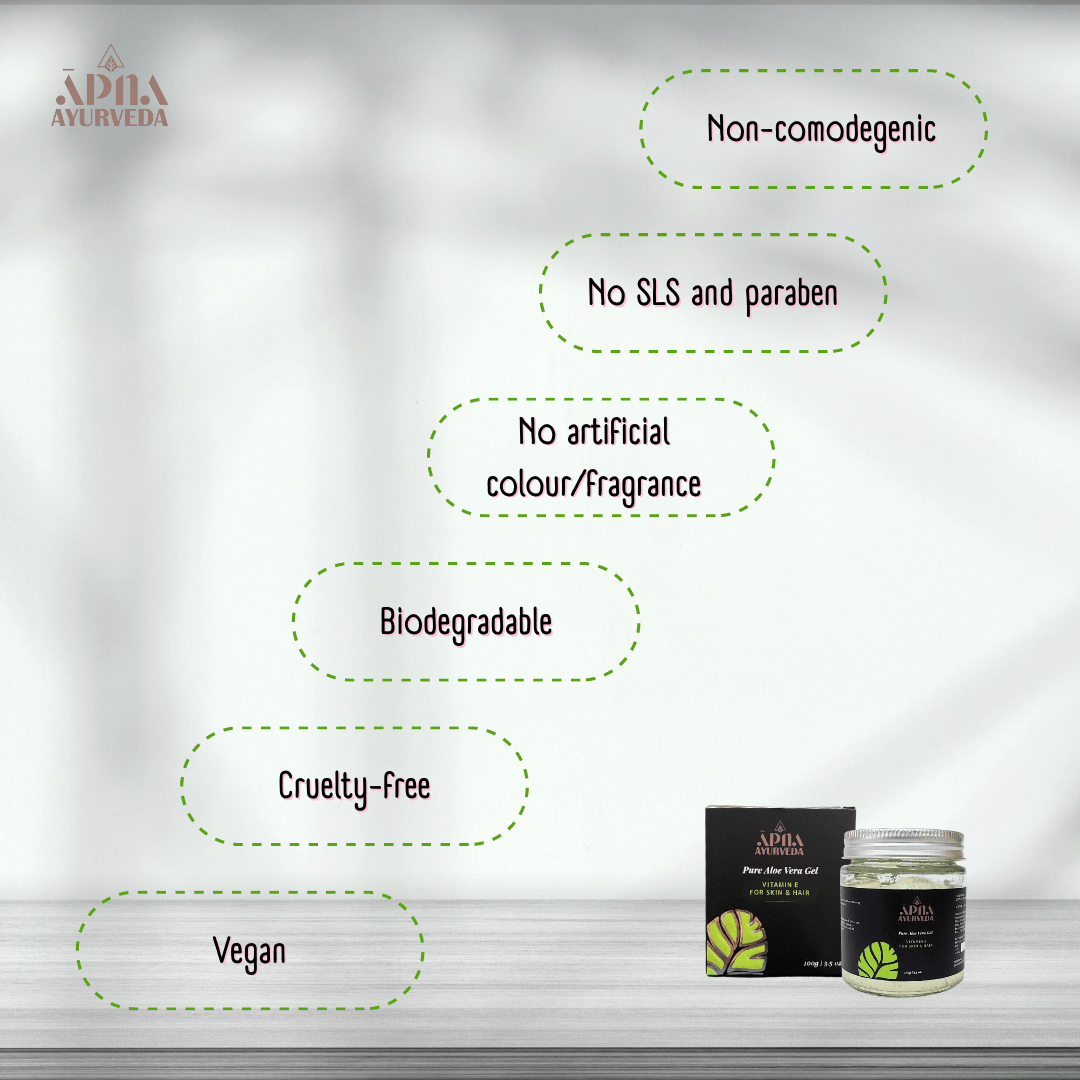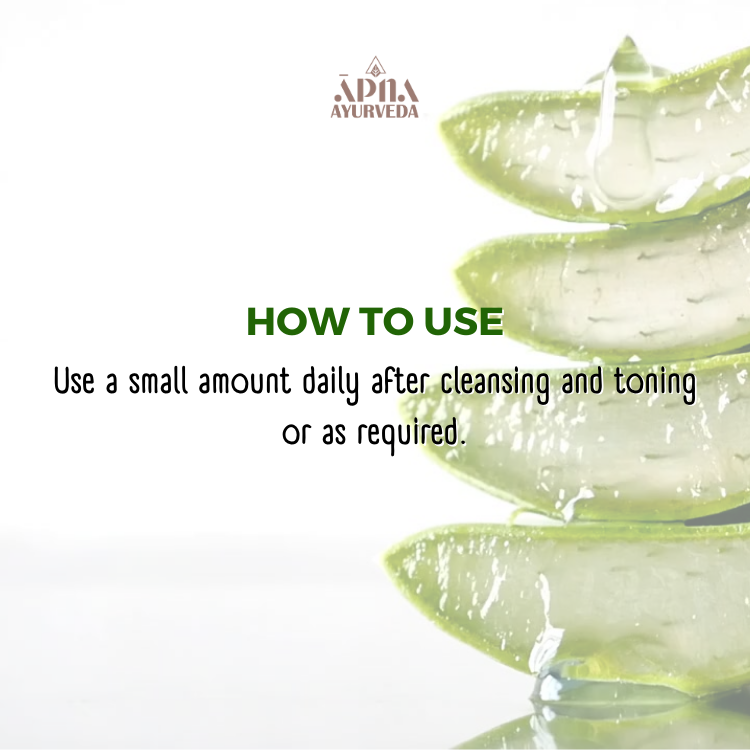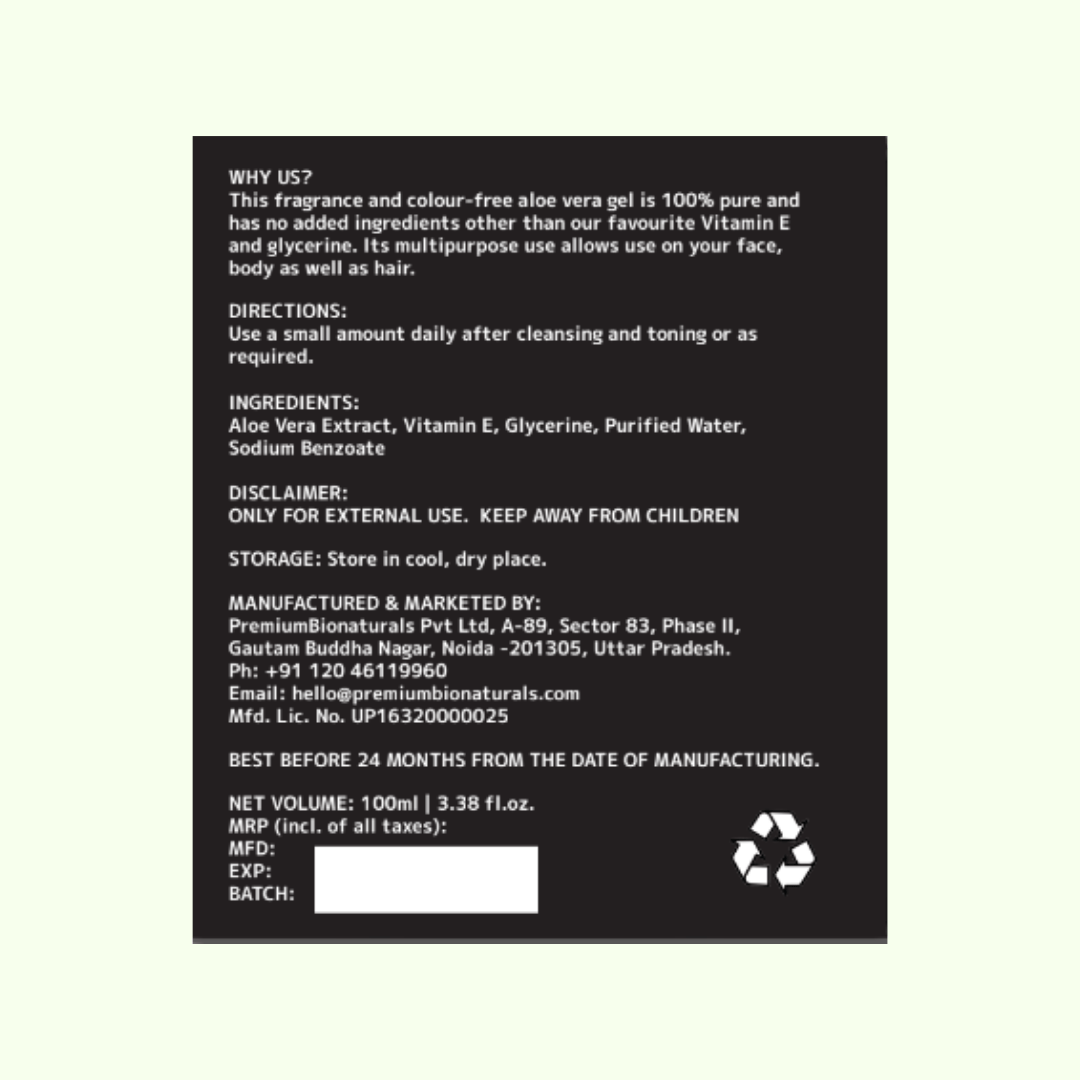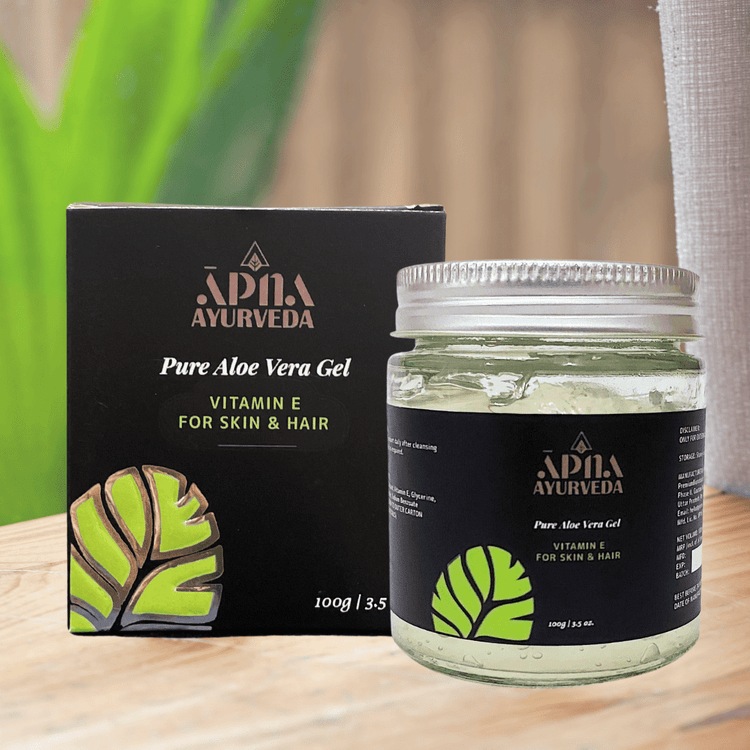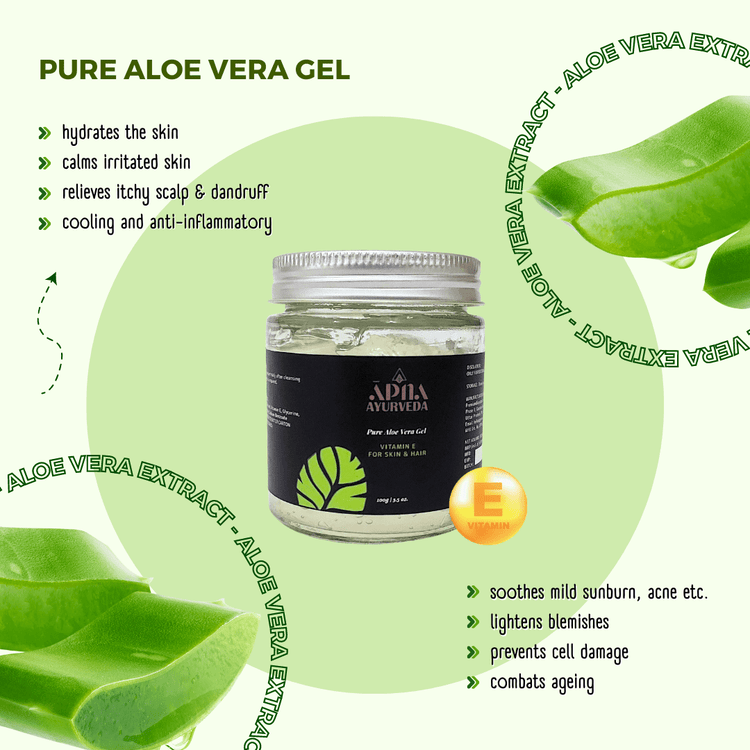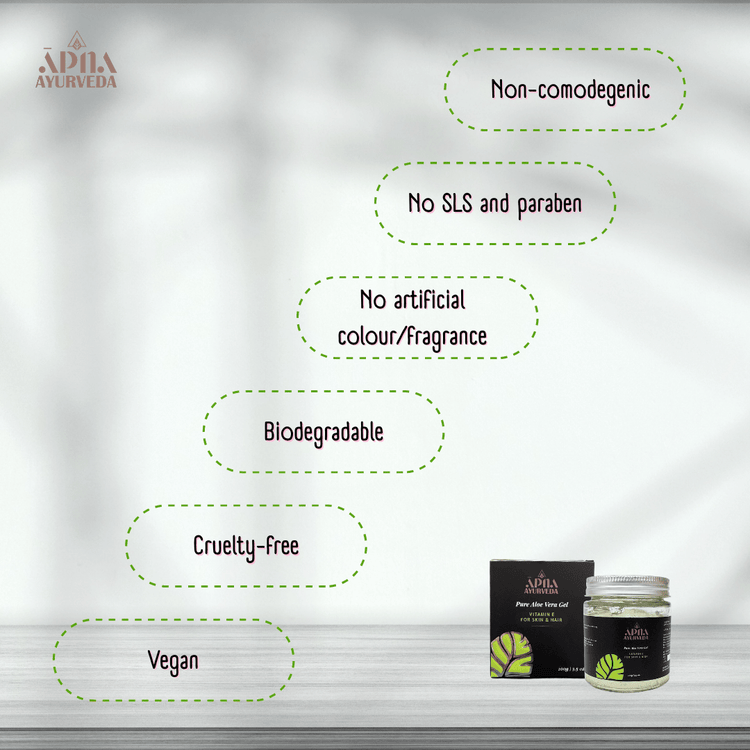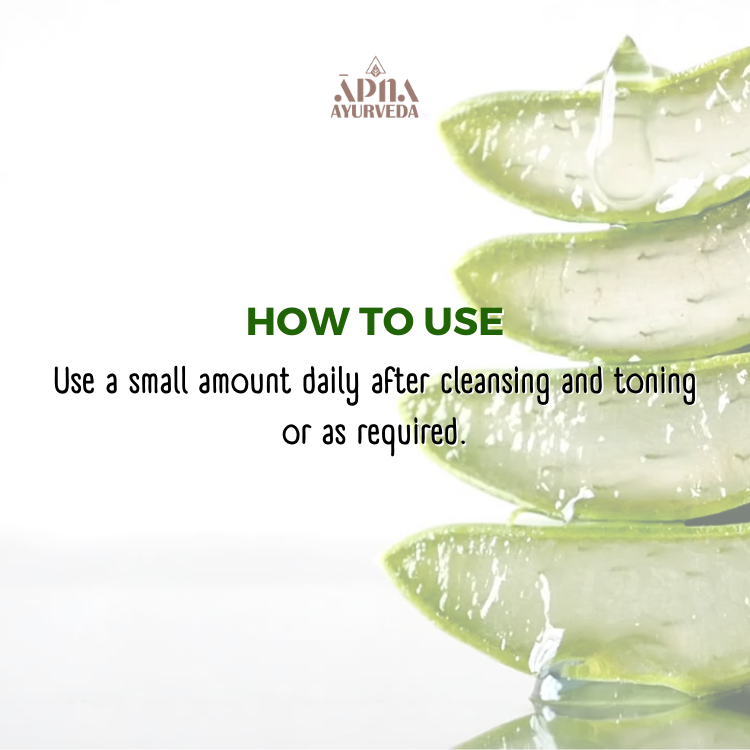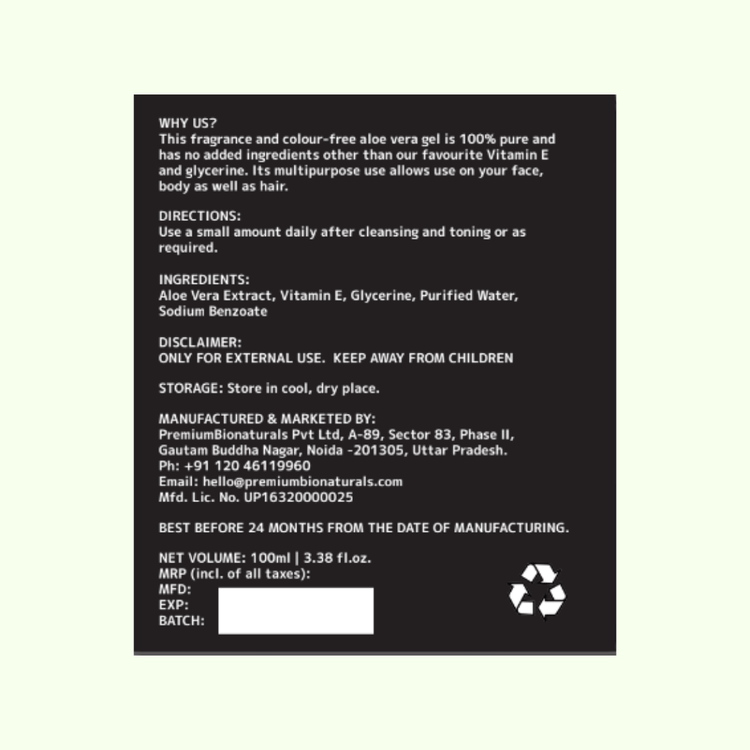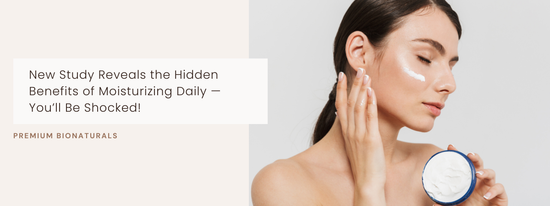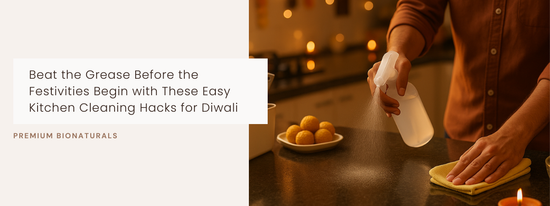Between office commutes, window-side desks, and weekend sun, sunscreen isn’t optional—it’s daily skincare. This guide tells you how much SPF is good for skin, clears up SPF vs. PA, and shows you how to choose the best SPF for skin for your lifestyle without guesswork.
How much SPF is good for skin (daily, real-world)
Short answer: For everyday life, broad-spectrum SPF 30–50 is the sweet spot.
-
Mostly indoors / brief sun: SPF 30 is sufficient (still apply in the morning; reapply if you step out at noon or sit near windows). If you’ve ever wondered whether SPF matters when you’re at home, this explainer helps: Do we need to apply sunscreen at home? Here’s what dermatologists say.
-
Mixed day (commute + lunch outdoors): SPF 50 gives extra margin, especially if you tend to under-apply.
-
Pigmentation-prone or sensitive skin: Favor SPF 50 and consider tinted options (iron oxides) for added visible-light defense.
Amount beats number. Use ~1 teaspoon for face/neck (two-finger rule) and 1 oz (shot glass) for body to approximate lab-tested coverage.
Understand what SPF really means

What is the SPF in sunscreen?
SPF (Sun Protection Factor) reflects how much longer UVB rays take to redden your skin with sunscreen vs. without. In practice:
-
SPF 30 ≈ ~97% UVB filtering
-
SPF 50 ≈ ~98% UVB filtering
No SPF blocks 100%—application and reapplication are everything.
Broad spectrum ≠ the SPF number
“Broad spectrum” means protection from UVA + UVB. UVA accelerates photoaging and pigmentation; always choose broad-spectrum.
How much SPF is good for skin vs. the highest SPF in sunscreen
Is higher SPF in sunscreen better?
Not automatically. SPF 100 sounds powerful, but it provides only a small incremental UVB gain over SPF 50—and can give a false sense of all-day cover if you under-apply or forget to reapply.
Why higher labels sometimes win in real life:
Most people apply only 25–50% of the required amount. In randomized outdoor trials (beach/ski), SPF 100+ prevented more sunburn than SPF 50+—largely because higher labels offset under-application. See this clinical evidence: JAAD study summary on SPF 100+ vs 50+.
Use this rule of thumb
-
Everyday life: SPF 30–50
-
High exposure (beach, trekking, sport, high altitude, midday sun): SPF 50–100+ with strict reapplication
-
Water/sweat: Choose water-resistant (40 or 80 minutes)
If you do get more color than you wanted after a day out, these gentle after-sun fixes can help: 5 natural home remedies to remove sun tan.
How to choose SPF in sunscreen based on your lifestyle

-
Desk job, city errands: Lightweight SPF 30 or SPF 50 with broad spectrum.
-
Outdoor workouts & travel: SPF 50+, water-resistant; carry a stick, mist, or compact for easy top-ups.
-
Acne-prone/oily: Gel or fluid textures; non-comedogenic claims help.
-
Dry or sensitive: Cream textures; mineral filters (zinc oxide, titanium dioxide) are extra gentle.
-
Uneven tone/melasma: Tinted, iron-oxide formulas add visible-light protection.
-
Kids & reactive skin: Prefer mineral options; patch test first.
SPF must-haves: broad spectrum, water resistance, mineral or organic
-
Broad spectrum (UVA + UVB) clearly labeled
-
SPF 30–50 for daily; SPF 50+ for extended sun
-
Water resistance (40/80 min) if sweating or swimming
-
Filter system you prefer:
-
Mineral: zinc oxide, titanium dioxide
-
Chemical: avobenzone, octocrylene, etc.
-
Wearability: a texture you’ll apply every day
-
Testing transparency: Many brands follow standardized static SPF methods; some trials even test lip balms under FDA protocols example: NCT05085327.
Higher SPF isn’t always better—technique is
Even the best SPF for skin won’t deliver if you use too little. Commit to:

-
Adequate amount (two-finger rule for face/neck; shot glass for body)
-
Reapplication every ~2 hours outdoors and after swimming/sweating/toweling
-
Top-up strategy you’ll stick with (travel tube, stick, powder, or spray for mid-day)
Frequently Asked Questions
1) How much SPF is good for daily use?
SPF 30–50 broad-spectrum. Choose SPF 50 if you get midday sun, stay out longer, or manage pigmentation.
2) Is higher SPF better for skin? Should I always use SPF 50+?
Higher SPF gives marginal extra UVB filtering on paper. It can help in real life (people under-apply), but it’s not a pass to skip reapplication. Use SPF 50–100+ for intense sun; otherwise SPF 30–50 is plenty.
3) What is the difference between SPF 30 and SPF 50?
About 1–2% more UVB filtering in lab terms. In practice, the bigger win is applying enough and reapplying.
4) How often should I reapply sunscreen with SPF 50?
Every 2 hours outdoors, and after swimming, sweating, or toweling—regardless of SPF.
5) What is the SPF in sunscreen actually protecting against?
Primarily UVB (burning rays). Ensure the product is broad-spectrum so you also cover UVA (aging and pigmentation).
6) Can I use the same SPF indoors and outdoors?
Yes—but indoors near windows or if you move in and out, still wear SPF 30+ and reapply if you get midday exposure. For active outdoor time, go SPF 50+ and water resistance. For a deeper dive on home routines, see: Do we need to apply sunscreen at home?


